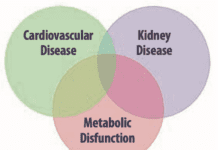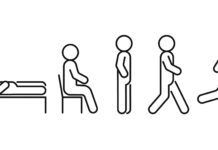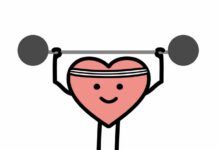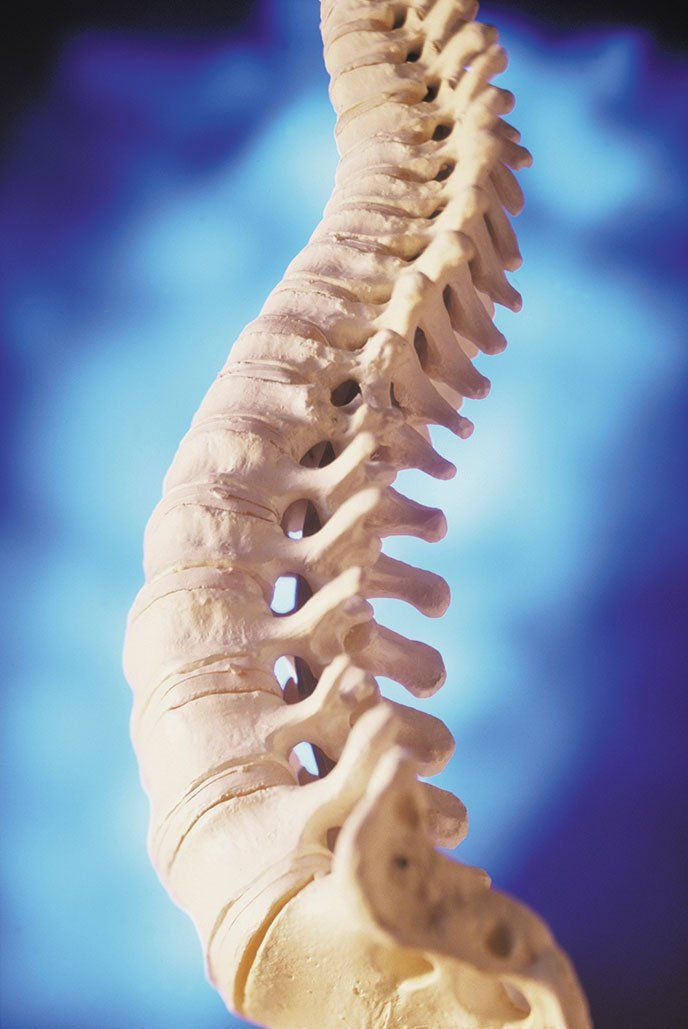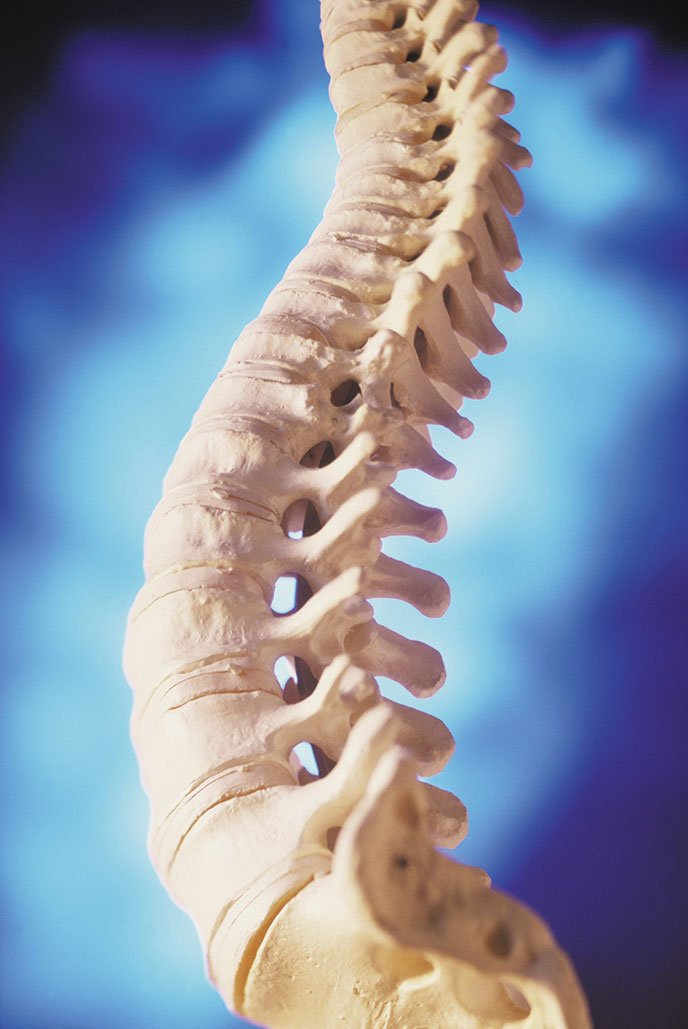

IMAGE © THINKSTOCK
Vitamin D, which some reports have credited with near-magical powers against everything from cardiovascular disease to dementia, increasingly seems to be just another nutrient—important to get enough, but offering little advantage from extra. Now a new study suggests that even where vitamin D’s benefits are clearly established—as a partner to calcium in building strong bones—its effects are limited: More vitamin D, beyond recommended intakes, is not necessarily better for your bones.
The study tested two levels of extra vitamin D against a placebo among 230 postmenopausal women. One group received 800 IU of vitamin D3 daily plus 50,000 IU twice monthly, while a second intervention group got only the daily 800 IU and a twice-monthly placebo. After one year, neither vitamin D group showed any important benefits in bone mineral density or fall risk.
“The study was essentially null,” explains Bess Dawson-Hughes, MD, director of Tufts’ HNRCA Bone Metabolism Laboratory. “Neither dose of vitamin D taken for one year influenced any of the muscle outcomes or falls at one year and the calcium absorption findings were scattered and inconsequential.”
MIDDLE OF THE ROAD: The study, led by Karen Hansen, MD, of the University of Wisconsin, was published in JAMA Internal Medicine. Researchers found that, although calcium absorption was increased in the group receiving the most vitamin D, the effect was small and had no clinical significance. There was no difference in the number of falls, risk of falling, physical activity, muscle mass or functional status between the groups. Nor were differences seen in four different measures of bone-mineral density.
“Right now, our patients are getting mixed messages, from ‘don’t bother taking D at all’ to ‘take 2,000 to 4,000 units a day,'” Dr. Hansen commented. “So what are they to do? This study supports a middle-of-the-road approach.” If your vitamin D levels are at or above the Institute of Medicine’s recommended minimum (20 ng/ml), she added, that’s probably enough. “If you’re low, you can achieve that with 600 to 800 IU a day. There is no reason to take more than the recommended daily allowance for vitamin D.”
THRESHOLD EFFECT: Part of the explanation for seemingly conflicting reports of the benefits of vitamin D may be what scientists call a “threshold” effect. Like plugging in your cellphone, it’s important to get to 100% of what’s needed and there are clear benefits to avoiding deficiency. But, just as leaving your fully charged cellphone plugged in doesn’t do any further good, intakes of vitamin D above a certain threshold may do little. Studies showing wide-ranging benefits of supplemental vitamin D could be simply capturing the effects of overcoming deficiency.
In this latest study, says Tufts’ Dr. Dawson-Hughes, “The women were relatively young (mean age 60) and their mean 25-hydroxyvitamin D levels (measuring vitamin D in the blood) were just above the level recommended by the Institute of Medicine (IOM)—indicating that they were not generally insufficient. I see vitamin D as a threshold nutrient, and this study population was at or just above that threshold at baseline. It remains to be seen whether an insufficient or deficient group would benefit; available evidence indicates that they would.”
WHAT NOW?: What do these findings mean for people concerned about their vitamin D intake? Says Dr. Dawson-Hughes, “You can’t go wrong meeting the IOM nutrient requirements.” For adults up to age 70, that means 600 IU per day; for older adults, it’s 800 IU.
But getting even that much may be difficult only from food and sun exposure (which makes vitamin D in the skin). Those at risk of inadequate intake include the elderly in institutions, those with very dark skin, people who cover up or use sunscreen when outdoors, and winter residents of northern latitudes. People with gastrointestinal disorders that affect vitamin D absorption, patients on medication that causes vitamin D to break down more rapidly, and people with a lot of body fat are also more likely to be deficient.
If you do take a vitamin D supplement, though, research increasingly suggests saving a few cents and skipping those containing more than about 800 IU.
Does extra vitamin D have health benefits beyond bones? Recent reports have mostly deflated such hopes:
– The Scottish Heart Health Study found no link between seasonally low vitamin D levels and overall incidence of cardiovascular events. When the results were adjusted for lifestyle and other risk factors, there was also no significant association with risk of heart disease.
– A clinical trial of 90 adults with low blood levels of vitamin D compared 50,000 IU of vitamin D per week versus a placebo. After 12 weeks, although vitamin D levels improved, the intervention group saw no benefits in insulin sensitivity or secretion or other markers of metabolic health.Two large, National Institutes of Health-funded studies now underway aim to provide more definitive answers about the benefits of vitamin D. The VITamin D and OmegA-3 TriaL (VITAL) will test whether vitamin D supplements reduce the risk for developing cancer, heart disease and stroke. The Vitamin D and Type 2 Diabetes (D2d) study, based at Tufts Medical Center, is investigating whether extra vitamin D prevents or delays type 2 diabetes in adults with prediabetes. (See the March 2014 newsletter.)



